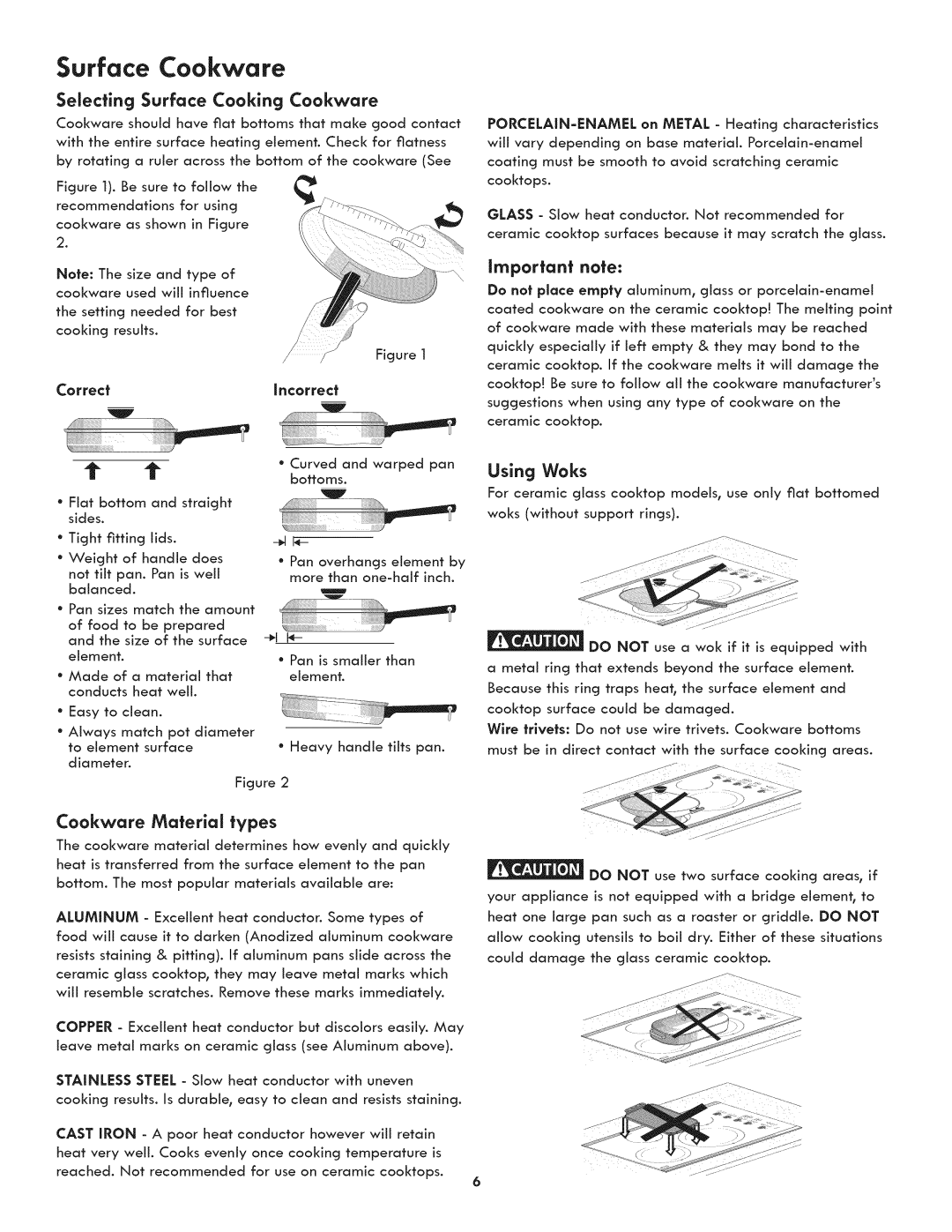790.4422 specifications
The Kenmore 790.4422 is a high-performance range that embodies a perfect blend of style, functionality, and innovative technology, making it a popular choice for both amateur cooks and seasoned chefs. With a sleek stainless steel finish, this model not only enhances the aesthetic appeal of any kitchen but also offers robust features that cater to diverse cooking needs.One of the standout characteristics of the Kenmore 790.4422 is its versatile cooking options. The range is equipped with a powerful gas cooktop that includes five burners with varying BTU outputs, allowing users to handle everything from delicate simmering to high-heat frying. The included multi-ring burners provide flexibility; you can switch between different heat settings to suit various cooking techniques.
The oven features a sizeable capacity which permits cooking multiple dishes simultaneously—ideal for family gatherings or dinner parties. This model is equipped with an innovative convection baking system that circulates hot air throughout the oven for even cooking and browning. The convection feature not only ensures optimal heat distribution but also significantly reduces cooking times, making meal preparation more efficient.
Another notable technology found in the Kenmore 790.4422 is the self-cleaning function. It utilizes high temperatures to burn off food residue, allowing for effortless maintenance and saving time for users who want to keep their kitchen appliances in pristine condition. Furthermore, the range includes a digital oven control panel that simplifies setting temperatures and times, ensuring precision with every recipe.
In terms of safety, the Kenmore 790.4422 comes with features that prevent accidents during use. It has an auto shut-off function that enhances safety by turning off the oven after a set period, providing peace of mind for users.
With its sleek design, powerful cooking capabilities, and modern technologies, the Kenmore 790.4422 stands out in the crowded market of kitchen ranges. Whether you’re baking, broiling, or frying, this appliance delivers reliable performance and ease of use, making it an excellent choice for any home chef looking to elevate their cooking experience.

